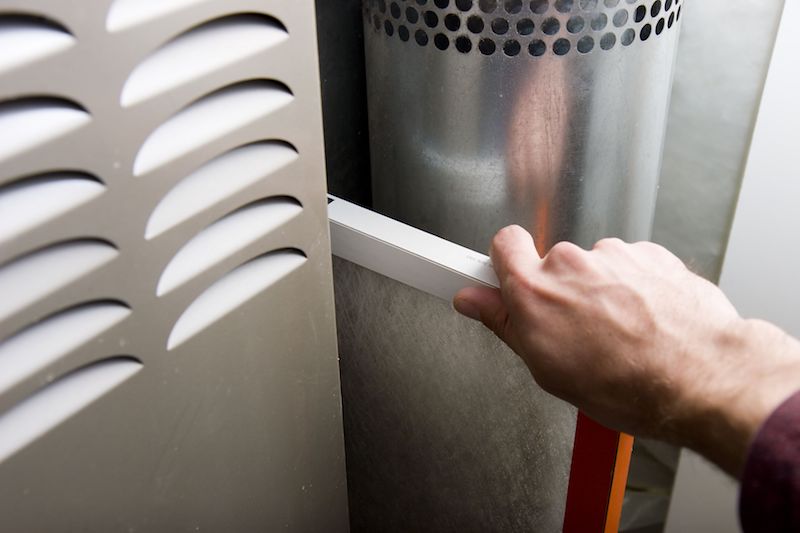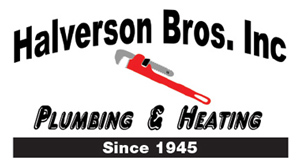
If you’re unsure whether your Menomonie and western Wisconsin home has poor indoor air quality (IAQ), it likely does.
We are indoors a lot. As a matter of fact, we’re inside up to 90% of the time, according to the U.S. Environmental Protection Agency. And the air inside homes could be 2–5 times worse than outdoors, which may create long-term health concerns.
Most Common Origins of Unsatisfactory IAQ
We’ve put together a list of the most frequent origins of poor IAQ, the troubles they cause and how you can remedy these indoor air pollutants. If you’re worried about the air inside your home, we suggest consulting with a pro like Halverson Brothers Inc about which solutions are best for your family.
Volatile Organic Compounds
Volatile organic compounds, or VOCs, are fumes released by common household things.
They’re found in paint and stains as well as:
- Furniture
- Carpet
- Building materials
- Cleaning products
- Cosmetics
- Air fresheners
- Candles
When these chemicals accumulate inside, they might irritate your eyes, nose and throat. They might also create headaches and nausea. Regardless of whether your house is in a rural or industrial location, an EPA study found indoor levels of these fumes can be 2–5 times greater than the air outside.
Always follow the manufacturer’s directions when painting or cleaning. Cracking a window can help odors disappear faster.
Air purification systems can also help. This system partners with your heating and cooling unit to freshen indoor air. When looking for a model, ensure it’s specifically designed to eradicate VOCs.
Dust and Pet Dander
Dust and pet dander can aggravate health problems like asthma and allergies, especially when it continuously gets moved by your residence’s comfort system. While you can vacuum more routinely and buy an improved air filter, an air filtration system could be a better match.
This equipment hooks to your heating and cooling equipment to deliver strong filtration. Some types provide hospital-level filtration for eliminating particles and bioaerosols.
Persistent Odors
Modern residences are securely sealed to enhance energy efficiency. While this is fantastic for your utility expenses, it’s not so good for your IAQ.
Musty odors can stay around for a greater amount of time since your house is pulling in less fresh air. Since keeping your windows open all the time isn’t a possibility, here are two methods you can make your indoor air smell cleaner.
An air purification system is placed in your ductwork to eliminate odors before they get released again. Find one with a carbon filter and the ability to break down dangerous VOCs. These units can also help keep your loved ones healthy by eliminating most bacteria and normal allergy triggers like pollen and mold spores.
A ventilation system pulls out stuffy indoor air and replaces it with crisp outdoor air. There are two types of equipment (heat recovery and energy recovery), so ask our professionals for more details on which solution is right for your residence.
Unbalanced Humidity
It’s critical your house’s humidity remains even. Air that’s too moist can create mold, while dry air can create respiratory troubles.
Our techs suggest 40–50% for ideal comfort. To keep yours steady, think about getting a whole-home humidifier or whole-home dehumidifier with your HVAC unit.
Rather than having to pull a humidifier from room to room, this solution delivers consistent humidity around your house.
Carbon Monoxide
Carbon monoxide is colorless gas you can’t smell. It occurs when there’s insufficient combustion in fuel-burning equipment, like gas heating systems, water heaters or fireplaces.
It produces a serious health risk. In little levels, it can create flu-like symptoms like headaches and nausea. It can be deadly in large amounts.
We recommend yearly furnace maintenance to ensure your system is running like it should. This job allows our specialists to find problems before they begin, including malfunctions that can cause carbon monoxide leaks.
The best way to keep your home free of carbon monoxide is to get detectors. These alarms need to be on all floors by bedrooms and living spaces.
Improve Your Home’s Air Quality with the Halverson Brothers Inc Experts
Aware that your house has bad air quality but not sure how to make it better? Or unsure which solution is right for you? Give our friendly HVAC pros a call at 715-352-4052 or contact us online today. With free estimates and pro service, we’ll help you choose the right option for your home and budget.






